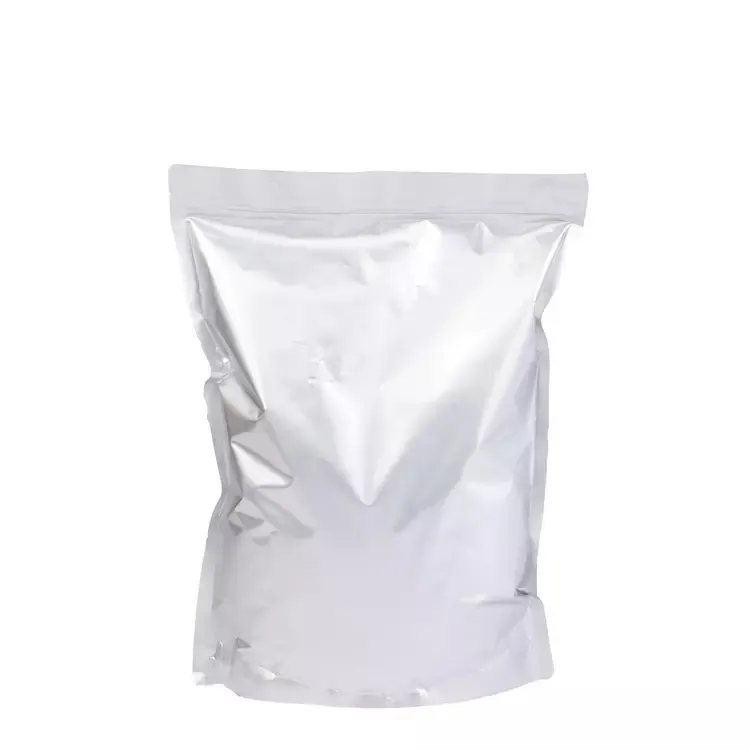Warning: Undefined array key "title" in /home/www/wwwroot/HTML/www.exportstart.com/wp-content/themes/1198/header.php on line 6
Warning: Undefined array key "file" in /home/www/wwwroot/HTML/www.exportstart.com/wp-content/themes/1198/header.php on line 7
Warning: Undefined array key "title" in /home/www/wwwroot/HTML/www.exportstart.com/wp-content/themes/1198/header.php on line 7
Warning: Undefined array key "title" in /home/www/wwwroot/HTML/www.exportstart.com/wp-content/themes/1198/header.php on line 7
- Afrikaans
- Albanian
- Amharic
- Arabic
- Armenian
- Azerbaijani
- Basque
- Belarusian
- Bengali
- Bosnian
- Bulgarian
- Catalan
- Cebuano
- China
- China (Taiwan)
- Corsican
- Croatian
- Czech
- Danish
- Dutch
- English
- Esperanto
- Estonian
- Finnish
- French
- Frisian
- Galician
- Georgian
- German
- Greek
- Gujarati
- Haitian Creole
- hausa
- hawaiian
- Hebrew
- Hindi
- Miao
- Hungarian
- Icelandic
- igbo
- Indonesian
- irish
- Italian
- Japanese
- Javanese
- Kannada
- kazakh
- Khmer
- Rwandese
- Korean
- Kurdish
- Kyrgyz
- Lao
- Latin
- Latvian
- Lithuanian
- Luxembourgish
- Macedonian
- Malgashi
- Malay
- Malayalam
- Maltese
- Maori
- Marathi
- Mongolian
- Myanmar
- Nepali
- Norwegian
- Norwegian
- Occitan
- Pashto
- Persian
- Polish
- Portuguese
- Punjabi
- Romanian
- Russian
- Samoan
- Scottish Gaelic
- Serbian
- Sesotho
- Shona
- Sindhi
- Sinhala
- Slovak
- Slovenian
- Somali
- Spanish
- Sundanese
- Swahili
- Swedish
- Tagalog
- Tajik
- Tamil
- Tatar
- Telugu
- Thai
- Turkish
- Turkmen
- Ukrainian
- Urdu
- Uighur
- Uzbek
- Vietnamese
- Welsh
- Bantu
- Yiddish
- Yoruba
- Zulu
Aug . 30, 2024 13:48 Back to list
D Propylene Glycol - Uses, Properties, and Applications
Understanding Propylene Glycol A Versatile Compound
Propylene glycol, chemically known as propane-1,2-diol, is a colorless, odorless, and tasteless synthetic liquid that has gained extensive use in various industries due to its unique properties. It is a byproduct of petroleum and can also be derived from renewable sources, making it an intriguing compound from both an economic and environmental perspective.
Understanding Propylene Glycol A Versatile Compound
In the cosmetic industry, propylene glycol is frequently found in skin creams, lotions, and hair products. Its moisturizing properties make it an excellent ingredient for hydrating formulations, as it attracts and retains water in the skin. Moreover, its ability to dissolve other ingredients allows for the creation of smooth and consistent textures in beauty products. This versatility makes propylene glycol a favorite among formulators looking to improve the efficacy and sensory appeal of their products.
d propylene glycol

Beyond food and cosmetics, propylene glycol is also widely used in antifreeze formulations. Its low freezing point and high boiling point make it an effective coolant for various applications, including automotive and industrial systems. In addition, propylene glycol is utilized in the production of plastics, resins, and as an intermediate in chemical synthesis, showcasing its significance across numerous sectors.
Despite its widespread use, propylene glycol has faced scrutiny regarding safety and potential health effects. It is considered safe for consumption and topical use within established limits; however, excessive exposure can lead to skin irritation and allergic reactions in sensitive individuals. Regulatory agencies such as the U.S. Food and Drug Administration (FDA) and the European Food Safety Authority (EFSA) continuously assess the safety of propylene glycol, ensuring it adheres to necessary guidelines.
In conclusion, propylene glycol is an incredibly versatile compound with applications spanning from food and pharmaceuticals to cosmetics and industrial products. Its unique properties make it valuable across multiple industries, benefiting both manufacturers and consumers alike. As regulations evolve and public awareness of safety continues to grow, propylene glycol will likely maintain its prominent role in various formulations, all while researchers strive to explore new and innovative uses for this dynamic compound.
Latest news
-
Certifications for Vegetarian and Xanthan Gum Vegetarian
NewsJun.17,2025
-
Sustainability Trends Reshaping the SLES N70 Market
NewsJun.17,2025
-
Propylene Glycol Use in Vaccines: Balancing Function and Perception
NewsJun.17,2025
-
Petroleum Jelly in Skincare: Balancing Benefits and Backlash
NewsJun.17,2025
-
Energy Price Volatility and Ripple Effect on Caprolactam Markets
NewsJun.17,2025
-
Spectroscopic Techniques for Adipic Acid Molecular Weight
NewsJun.17,2025

